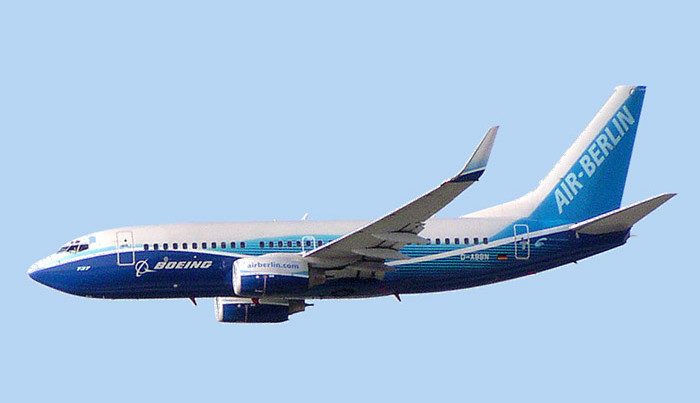Boeing 737 Max-8 Update
March 10, 2020
on
on

The global fleet of Boeing 737 Max-8 and Max-9 aircraft have been sitting on the tarmac for almost a year now. This follows the tragic loss of two Max-8 aircraft together with the crew and passengers in almost identical circumstances. Air accident reports have identified the automated Maneuvering Characteristics Augmentation System (MCAS) control mechanism — designed to avoid an aircraft stall condition — to be a contributory factor in both incidents.
In a recently released preliminary report by the US House Transportation Committee criticism is levelled not only at Boeing for engineering mistakes and a ‘culture of concealment’ but also at the Federal Aviation Authority (FAA) for insufficient federal safety supervision. Before the fleet can be deemed airworthy the US aviation agency is planning to require Boeing to also redesign wiring harness layouts in the wings of all Max-8 aircraft after identifying ‘wiring issues’.
The committee report stated that crashes were due to multiple failures in the aircraft and loss of control was caused by the flight control system pushing the aircraft nose-down in response to faulty readings from one of the Angle of Attack (AoA) sensors mounted in the slipstream on either side of the aircraft nose. During the aircraft’s development Boeing had failed to classify this control mechanism as ‘safety critical’ in order to reduce the level of technical scrutiny necessary for the design to gain approval.
Work is ongoing at Boeing to address the issues and it anticipates the aircraft type will regain approval by mid-2020
Image licence: GNU Free Documentation License
In a recently released preliminary report by the US House Transportation Committee criticism is levelled not only at Boeing for engineering mistakes and a ‘culture of concealment’ but also at the Federal Aviation Authority (FAA) for insufficient federal safety supervision. Before the fleet can be deemed airworthy the US aviation agency is planning to require Boeing to also redesign wiring harness layouts in the wings of all Max-8 aircraft after identifying ‘wiring issues’.
The committee report stated that crashes were due to multiple failures in the aircraft and loss of control was caused by the flight control system pushing the aircraft nose-down in response to faulty readings from one of the Angle of Attack (AoA) sensors mounted in the slipstream on either side of the aircraft nose. During the aircraft’s development Boeing had failed to classify this control mechanism as ‘safety critical’ in order to reduce the level of technical scrutiny necessary for the design to gain approval.
Work is ongoing at Boeing to address the issues and it anticipates the aircraft type will regain approval by mid-2020
Image licence: GNU Free Documentation License
Read full article
Hide full article


Discussion (0 comments)